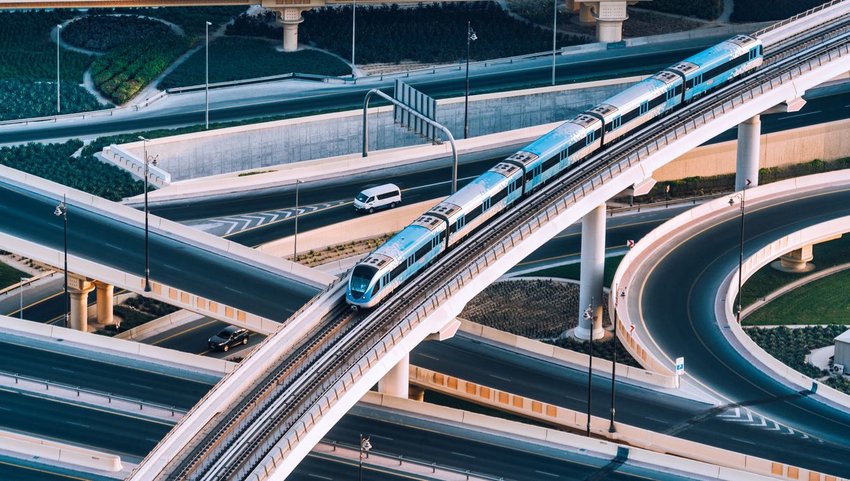One of the cheapest ways to get around a new destination is by using public transportation. Whether it's by bus, monorail, subway, train, or tram, there will most likely always be an alternative way to get to your final destination. However, transit systems can often appear confusing and daunting — especially if you don’t speak the local language. Here are some tips to help you navigate unfamiliar public transportation.
Get a Map or Download an App
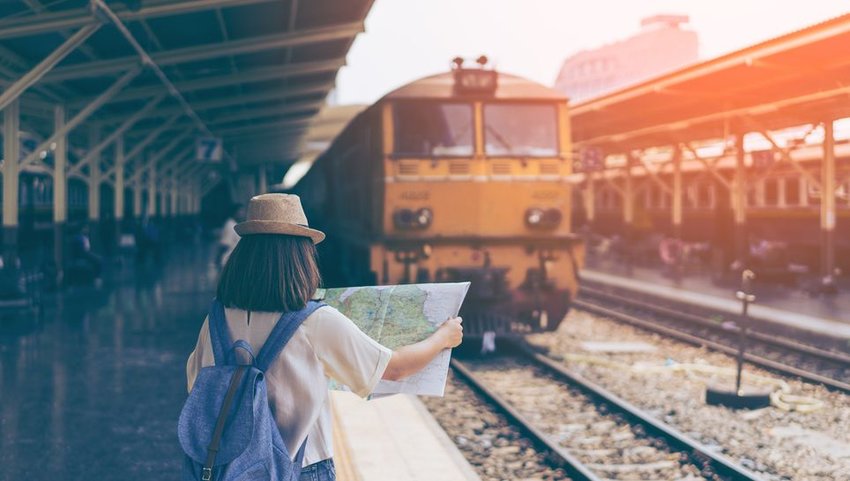
Not many of us travel without a smartphone these days, so make sure you take advantage of navigation apps to help you get around. First, check to see if the local transit system has its own unique app you can download. If not, general apps like Citymapper, Google Maps, and Moovit, work in most cities and allow you to plot your journey, see real-time arrival and departure times, and check fares. Check out MapWay, which is dedicated to plotting routes on the metro systems of major cities such as Berlin, Delhi, London, and Paris. Most apps work offline too, so there’s no need to worry about eating up your mobile data.
Old-school travelers can still opt for the traditional paper maps and transport guides. Pick one up at your nearest tourist office and subway station ticket booth or ask at a hotel for one. The maps are often handed out for free and will cover the basics required to get from place to place.
Learn About Ticketing Options
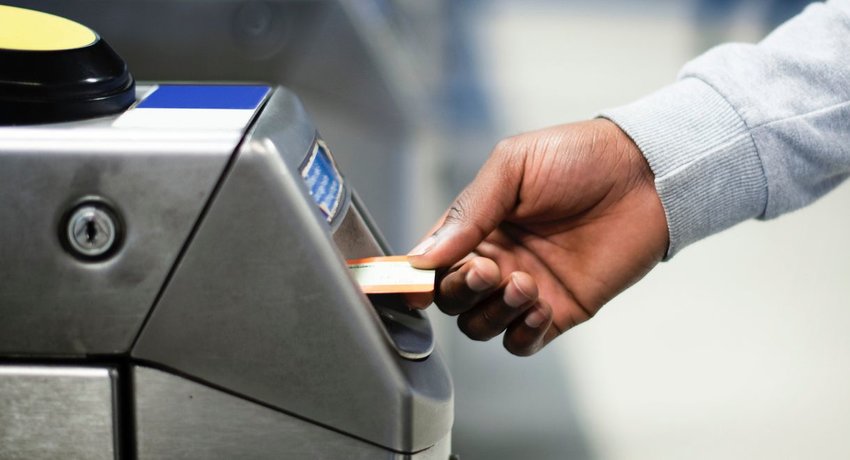
Remember that every country has its own ticketing rules and these can also vary between cities and small towns. In some destinations, you might be able to use one ticket for all bus, metro, and train travel. In others, you might need to purchase a new ticket every time you switch transportation. Find out by asking at a ticketing booth. A ticket that costs $5 might seem expensive, but chances are that it will be valid on several systems and for a specified timeframe.
Once you’ve made the decision to explore a new destination aboard its public transit, you should look into money saving options. These often range from 24-hour to three-day, one-week and one-month passes and are valid on all modes of transportation. Consider purchasing local transit cards such as London’s Oyster card or New York City’s MetroCard that let you easily add money to your balance when you need to. Credit on the Oyster card never expires, so any balance you don’t use will be there the next time you visit London.
Research Local Etiquette
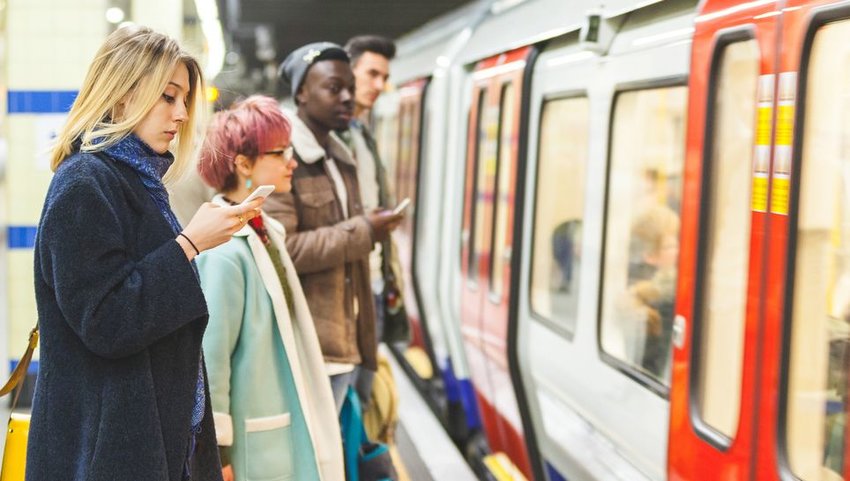
Regardless of how well you try to blend in, locals can still spot a tourist from a mile away. However, there are ways that you can at least act like a local and make things easier. In Japan, for example, eating and talking on the subway is considered rude. Some universal rules apply to every country though. Don't cut in line and wait for your turn. Have your ticket, pass, or travel card ready when approaching gates and turnstiles. Know which side of the stairs and elevators you should stand and walk on. And avoid stopping in the middle of a busy platform to look at your phone or map.
Ask for Help
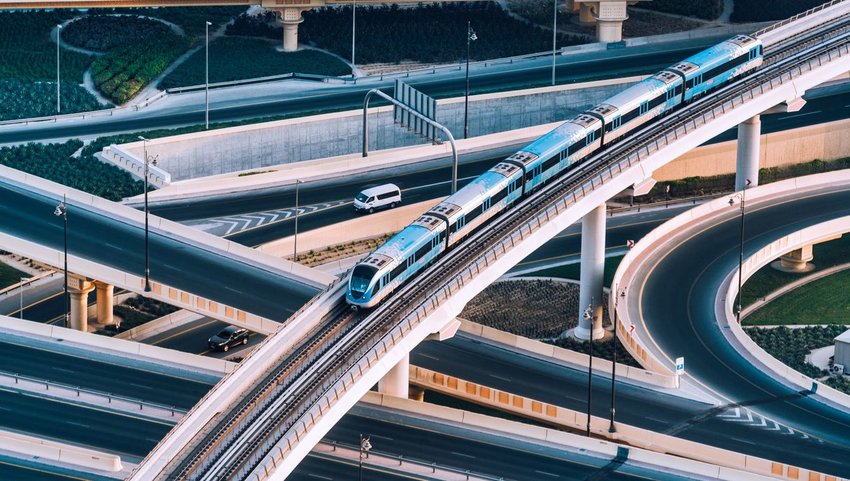
Don't be afraid to ask for help from local commuters and transit employees. Despite your embarrassment, most people on platforms and in stations are willing to help lost and confused tourists. Ask if you are on the right platform or if the incoming train will take you in the right direction. Tell bus drivers where you’d like to get off and they’ll likely give you a head’s up one or two stops before.
Enhance your chances of receiving help by learning some phrases in the local language. Simple phrases like "Excuse me," "Can you help me?" and "Which station is this?" can break the ice. This isn’t mandatory of course, but it's definitely recommended and more likely to get you friendly help.
Look for Notable Landmarks
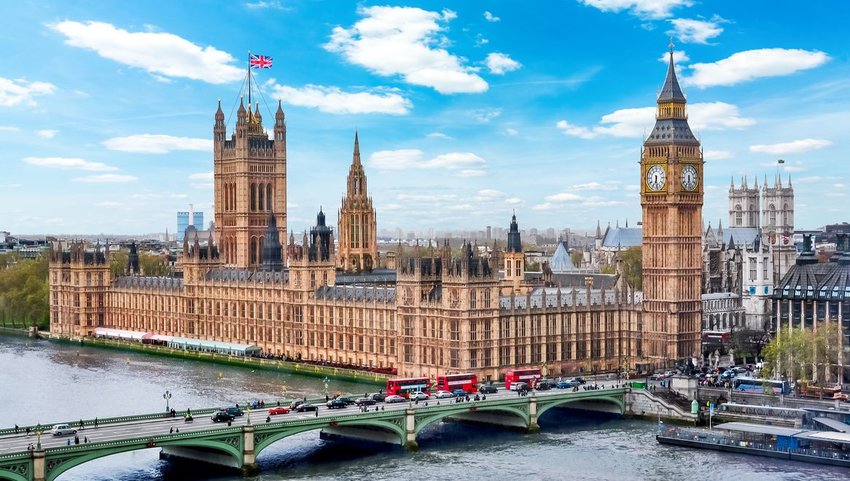
When apps, maps, and your attempts to converse fail, use your trusty eyes to guide you. This is particularly useful when traveling by bus and tram since you can keep an eye on the window. Familiarize yourself with recognizable places close to where you're staying. By doing so, it’ll be easier to know when you should get off. And if you do get off too early or too late, then all you need to do is locate the landmark. The same applies when traveling to hard-to-find attractions, bars, restaurants, theaters, and the like. Look on maps for obvious sights nearby and keep an eye out for them.
Stay Protected
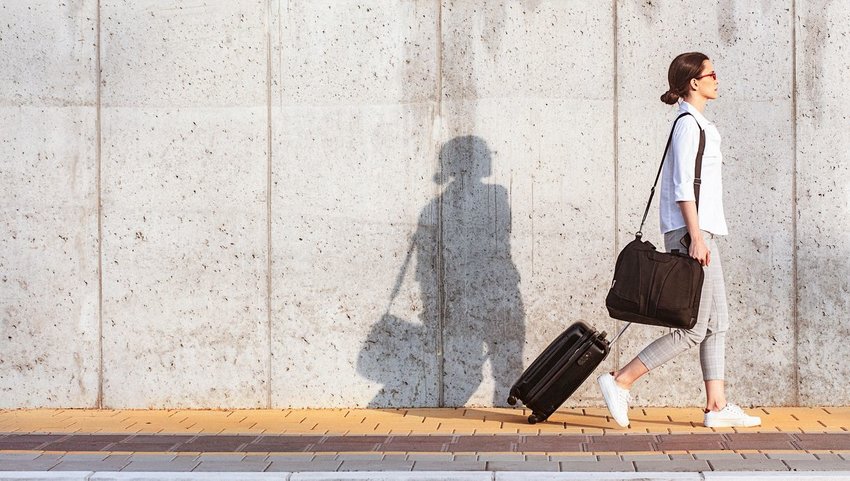
Public transportation might feel safe, but even the wisest travelers are constantly on their toes. Busy buses and trains are frequented by pickpockets and they know how to blend in. They thrive on crowds, so stand back from bottlenecks on escalators, chaotic doorways, and congested platforms. Apply commonsense by keeping a hand on valuable items or store them safely in your bag. If you are riding in a group, then stand or sit together and make sure that everyone is able to disembark at the same time.
Have a Backup Plan
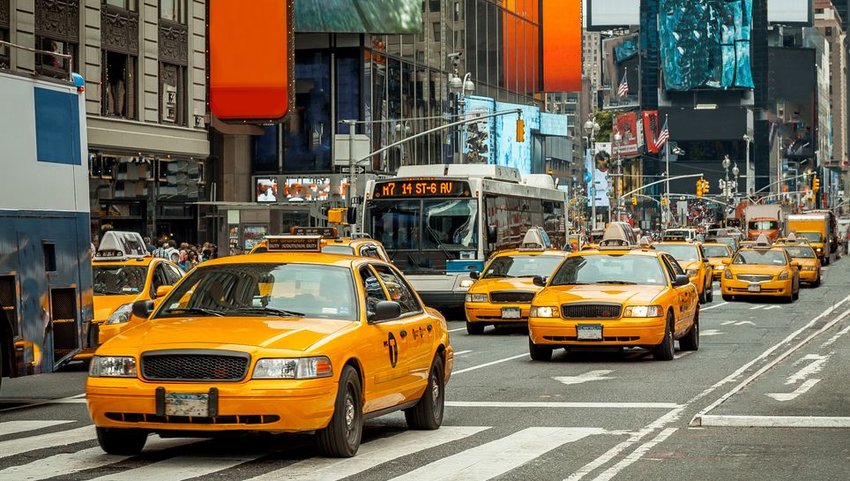
Sometimes your public transit use might not go as smoothly as you hope. You could become incredibly lost or simply miss the last ride back to your accommodation. So investigate the alternatives. Is it safe to hail taxis and is there a local taxi app? Do ride-hailing and ride-sharing apps operate where you are? Is walking an option? With a backup plan in place, you’ll have the confidence to be more adventurous on your travels.
